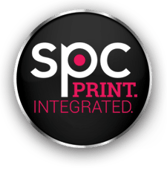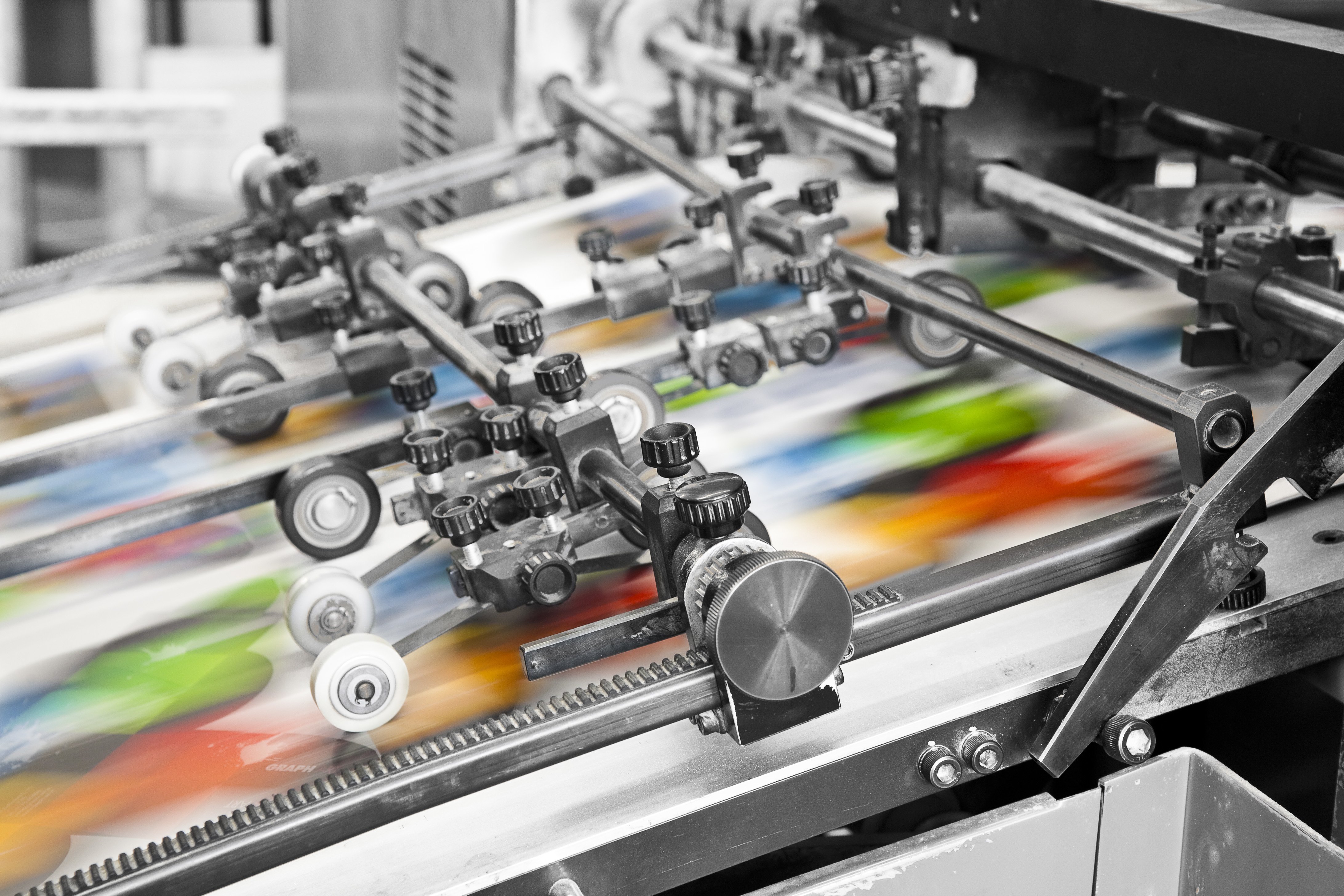Paper and the Mind
When marketing for a brand, it’s easy to forget that you’re communicating with other sensory beings. Contacts blur into a list of names, become a series of zeros and ones, or a grouping of characters on a mailing envelope. Try not to slip into a mindset like this, though. You’ll market much more efficiently if you remember that you’re a human reaching out to another human.
All marketers capitalize on the sense of sight. If they’re on the digital side of things, they might simultaneously utilize hearing to spread their message by posting videos. It’s actually incredibly smart to key into multiple senses. When it comes to print marketing, you won’t be able to combine those two senses unless you send out some of those cheesy cards that sing happy birthday when you open them. Printers do, however, have the advantage of touch!
The Soft Touch Approach
Any print collateral that gets sent out has to be touched, even if just to be thrown out. So, make all of your paper memorable! If you’re into printing, then you may have an idea of just how many different types of coated papers are out there: gloss, matte, satin, soft touch, etc.
Glossy paper was trendy for quite awhile, but soft touch is all the rage now. Soft touch paper actually prompts a visceral response. Some people love its velvety quality, others hate it and find it to be creepy; but either way it garners more attention than an average sheet of paper. We also recommend using heavier stocks and dimensional UV effects for a similar result.
Your Paper Handshake
This type of tactile printed collateral can do a couple things for you. First of all, it can help you give a great first impression. This is a difficult thing to do in the marketing world as most consumers only give you a matter of seconds before judging.
Think about it in terms of another form of touch: the handshake. If you’re somewhere in the business world, then you’ve probably been practicing your firm handshake for years. Well, your business card is basically your paper handshake. If you give a new acquaintance a flimsy piece of paper in an attempt to be professional, they will take you less seriously than if you give them some crisp, clean, sturdy stock.
Believe it or not, there are actually facts that can back this up. Sappi, a pulp and paper company, released a book titled, “A Communicator’s Guide to the Neuroscience of Touch,” in which they discuss the power that touch has on the mind. The phenomenon of touching something for the first time and having that experience affect your first impression of that thing is called “incidental touch.”
Leave a Lasting Impression
Sappi’s book also contains information on how touch can not only give a first impression, but also leave a lasting one. Research has been done in the field of haptics, the science of touch, that shows that touch shifts the brain into a deeper level of engagement than some of the other senses. There have been multiple studies done on how physical media often leaves consumers with lasting knowledge because touch makes information more memorable than when it’s presented using sight or sound alone. Dr. David Eagleman, who contributed to Sappi’s book, even conducted studies of his own that found participants more likely to recall information printed on heavy, high-quality paper than on low-quality paper.
So, don’t get too distracted by every flashy, new digital media trend. Of course, some online techniques can be incredibly valuable when it comes to building a brand, but methods like direct mail still are as well. Use coated paper intelligently, and you’ll have science backing your brand! The right paper can get you top of mind, and keep you there.






Leave a Reply